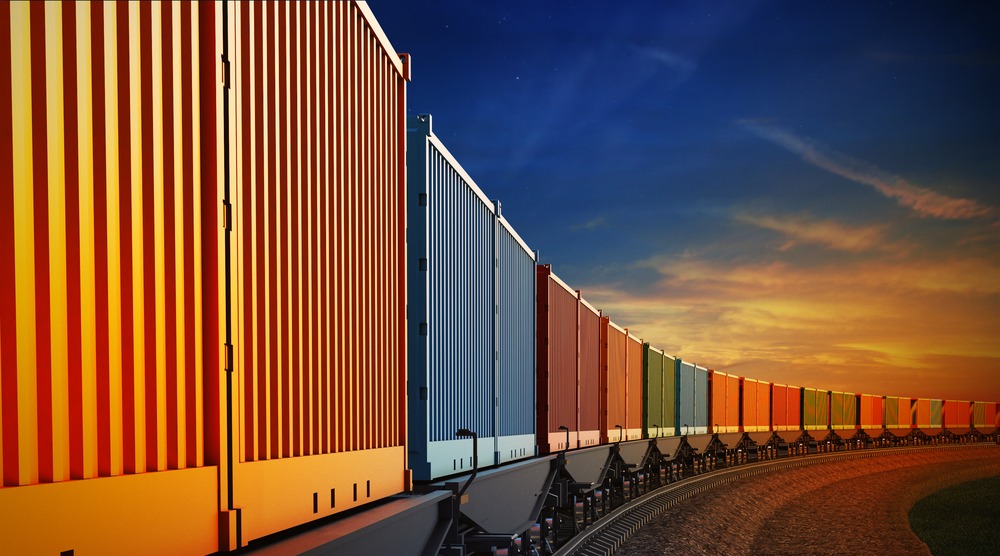
Democratic lawmakers on the Joint Economic Committee made the case for investment in border infrastructure to support the nation’s rail system at 30 rail ports of entry in a new report that cited the growing economic impact of U.S. freight railroads.
The volume of commerce crossing into the United States is expected to increase 41 percent by 2040, growth that will put stress on rail points of entry, according to the report that comes as Congress gears up to discuss border policies in the coming months.
“American freight continues to create jobs, drive economic development and support businesses,” said U.S. Sen. Martin Heinrich (D-NM), ranking member of the Joint Economic Committee. “In my state of New Mexico, the intermodal hub in Santa Teresa has spurred significant economic development. Ensuring our rail ports of entry systems are able to securely operate at full capacity is key to our 21st century economy.”
Points of entry include land ports used by trains and trucks, seaports and international airports. Every day, $5.9 million in goods and 1.1 million people enter the country at these ports. Twenty-three of the ports are on the Canadian boarder and seven on the Mexican boarder.
In 2014, 511 million tons of freight crossed the border at rail points of entry.
A major U.S. employer, freight rail directly employs 170,000 workers, while the operations and capital investment of the freight rail industry supports 1.5 million jobs.
Investing in infrastructure should be considered to keep the freight system can operate at full capacity, the report said, citing the approximately 600 freight railroads in operation throughout the country.
Class I railroads, those having earned a minimum of $447.6 million in revenue in 2016, are the largest class of railroads in the United States, employing 90 percent of railroad workers and generating 94 percent of freight revenue. Those railroads work in conjunction with regional railroads and short lines to deliver freight.
The report notes the majority of railroad equipment and infrastructure is paid for by railroad companies. More than $635 million was spent between 1980 and 2016 on equipment and infrastructure, with an average of $24.1 billion being spent annually over the past decade.
Effective freight transportation relies on intermodal hubs, places where shipping containers are exchanged between freight rail, ocean liners and trucks. The volume of goods at intermodal hubs has increased 335 percent since 1980. In 2016, there were 3 million containers and trailers.
Intermodal hubs also positively affect the economy of the communities where they are located, the report said. A new hub in Santa Teresa, N.M., in 2014 not only attracted economic development, but within a year, the number of goods crossing from New Mexico to Mexico doubled to $1.5 billion.
In 2014, 34,000 trains crossed the border with Canada or Mexico and accounted for 27 percent of rail tonnage and 42 percent of carload and intermodal units. That year, freight rail moved 171 million tons of imports and 329 million tons of exports.
“It is important for Congress to discuss ways that prepare our country’s infrastructure to meet the growing demand of freight railroads that continue to support the American economy,” Heinrich said.